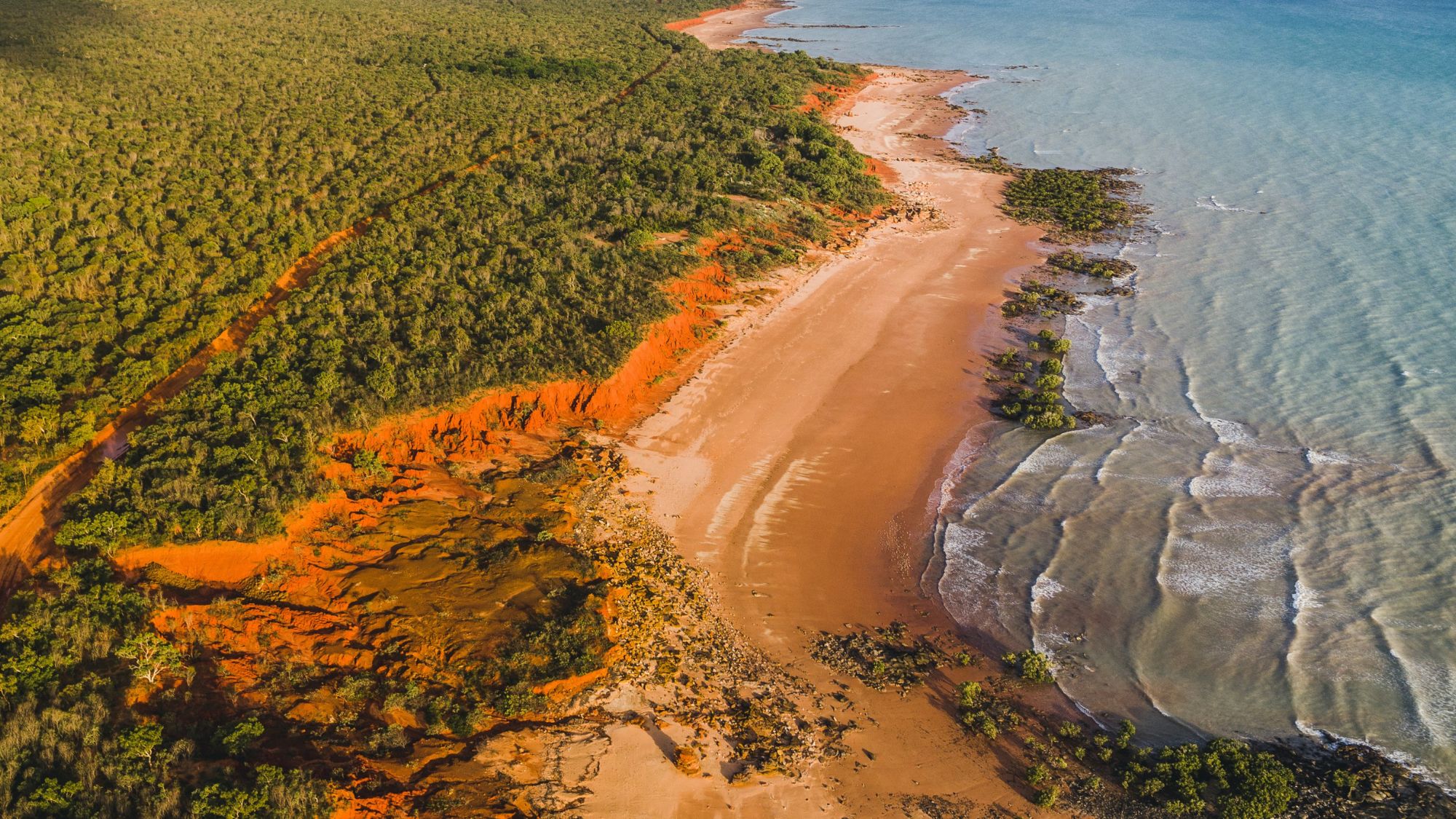This week’s travel dream: Ghana’s changing face
Once a shipping point for the slave trade—the stone fortress near Elmina is now a UNESCO World Heritage Site—Ghana is today one of the few African nations with a history of free elections and smooth transitions of power.
With the door to its dark past finally closed, Ghana has opened a door to a bright future, said Laban Carrick Hill in The New York Times. “One of the few African nations with a history of smooth transitions of power in free elections,” it has become an example of what tomorrow could hold for the rest of Africa. But for many years Ghana, called the Gold Coast by its European colonial masters, was haunted by its “tragic role” in the slave trade “as a major shipping point” for Africans sent in shackles to the Americas.
Ghana, I discovered, “doesn’t flinch from its past.” I paid my respects with a visit to Cape Coast Castle, an “imposing stone fortress” near the town of Elmina that was once the “last stop for countless slaves headed across the sea.” It’s now a UNESCO World Heritage Site. Walking the same path through town that the captives had taken, I came upon the “Door of No Return”—a “small wooden door built into a stone archway” that would lead to a life of bondage. “I paused there, overcome by emotion. It was difficult, almost terrifying,” to step through the door, even though it has been two centuries since the slave trade was abolished by the British.
On the quiet ride back to nearby Elmina, the lovely scenery lightened my mood. The sun shone, as fishermen in “brightly colored dugout canoes cut through the waves” of the Gulf of Guinea. Cape Coast is “an area of stunning sunsets and sunrises, 400-year-old fishing traditions,” dense rain forests, colonial architecture, and some of the most welcoming people anywhere. Ghanaians are also people “in love with music and dance.” Outside Elmina Castle, once an important stop in the Atlantic slave trade, the Butwaku dance and drum ensemble began its daily rehearsal. The men pounded out thunderous rhythms, and the women matched the beat with their movements. As one of the dancers grabbed my hand, “I did my American best.” I had been pulled in, seduced by Ghana’s “bright colors,” “intense rhythms,” and vibrant culture. Contact: Touringghana.com
The Week
Escape your echo chamber. Get the facts behind the news, plus analysis from multiple perspectives.

Sign up for The Week's Free Newsletters
From our morning news briefing to a weekly Good News Newsletter, get the best of The Week delivered directly to your inbox.
From our morning news briefing to a weekly Good News Newsletter, get the best of The Week delivered directly to your inbox.
A free daily email with the biggest news stories of the day – and the best features from TheWeek.com
-
 A luxury walking tour in Western Australia
A luxury walking tour in Western AustraliaThe Week Recommends Walk through an ‘ancient forest’ and listen to the ‘gentle hushing’ of the upper canopy
-
 What Nick Fuentes and the Groypers want
What Nick Fuentes and the Groypers wantThe Explainer White supremacism has a new face in the US: a clean-cut 27-year-old with a vast social media following
-
 5 highly amusing cartoons about rising health insurance premiums
5 highly amusing cartoons about rising health insurance premiumsCartoon Artists take on the ACA, Christmas road hazards, and more